Epizootic Hemorrhagic Disease Deer
Epizootic hemorrhagic disease deer. However WDFW recommends hunters. This disease is caused by a virus that is spread by a biting midge. Neither EHD or BT are a disease of humans.
There are 2 subtypes of EHD virus and 5 subtypes of bluetongue in North America. Following recovery from acute disease deer with chronic disease can develop breaks and growth interruptions in the. Mule deer and pronghorn antelope are also affected.
Hemorrhagic disease is a general term for illness caused by two different viruses that are related. Incidence of hemorrhagic disease in white-tailed deer is associated with winter and summer climatic conditions. EHD outbreaks are most common in the late summer and early fall when midges are abundant.
Epizootic hemorrhagic disease EHD in WI deer Hemorrhagic disease HD is an acute infectious often fatal viral disease that affects white-tailed deer as well as other hoofed animals. Chronic wasting disease CWD and epizootic hemorrhagic disease EHD are the two most serious diseases affecting white-tailed deer and the most commonly confused for one another. EHD primarily affects white-tailed deer and can cause significant mortality events particularly in the northern United States.
THE NORTHEAST WILDLIFE DISEASE COOPERATIVE Cause Hemorrhagic Disease HD is caused by either Epizootic Hemorrhagic Disease Virus EHD or Bluetongue Virus BT which are closely related viruses. EHD is transmitted by biting midges genus Culicoides known as no-see-ums or gnats that breed and live in small pools of standing water. Neither EHD nor BTV affects humans.
Humans are not affected by these viruses. The disease is caused by either bluetongue virus BTV or epizootic hemorrhagic disease virus EHDV. Epizootic Hemorrhagic Disease Deer The ODNR is seeking reports of deadsick deer to help us track potential disease outbreaks.
Epizootic Hemorrhagic Disease EHD EHD is a disease that mainly affects white-tailed deer in the United States. Epizootic Hemorrhagic Disease virus EHD or bluetongue virus BT.
Following recovery from acute disease deer with chronic disease can develop breaks and growth interruptions in the.
EHD is more commonly found in white-tailed deer. Anaplasmosis is caused by a rickettsial organism Anaplasma marginale that is spread by ticks and biting insects. In September 2017 we detected epizootic hemorrhagic disease virus in wild white-tailed deer Odocoileus virginianus in east-central Canada. Two diseases that are commonly encountered in the late summer and early fall at the ADDL are Anaplasmosis in cattle and Epizootic Hemorrhagic Disease EHD in deer. The disease usually affects deer herds in South Dakota in the late summer or early fall. EHD is transmitted by biting midges genus Culicoides known as no-see-ums or gnats that breed and live in small pools of standing water. Both the epizootic hemorrhagic disease virus and the bluetongue virus are transmitted by Cullicoides a genus of insects that includes biting midges and no-see-ums. EHD outbreaks are most common in the late summer and early fall when midges are abundant. There are 2 subtypes of EHD virus and 5 subtypes of bluetongue in North America.
There are 2 subtypes of EHD virus and 5 subtypes of bluetongue in North America. Mule deer and pronghorn antelope are also affected. Hemorrhagic disease does not spread directly from deer to deer but depends on a biological vector for transmission. Incidence of hemorrhagic disease in white-tailed deer is associated with winter and summer climatic conditions. Epizootic Hemorrhagic Disease Deer The ODNR is seeking reports of deadsick deer to help us track potential disease outbreaks. Both the epizootic hemorrhagic disease virus and the bluetongue virus are transmitted by Cullicoides a genus of insects that includes biting midges and no-see-ums. However WDFW recommends hunters.

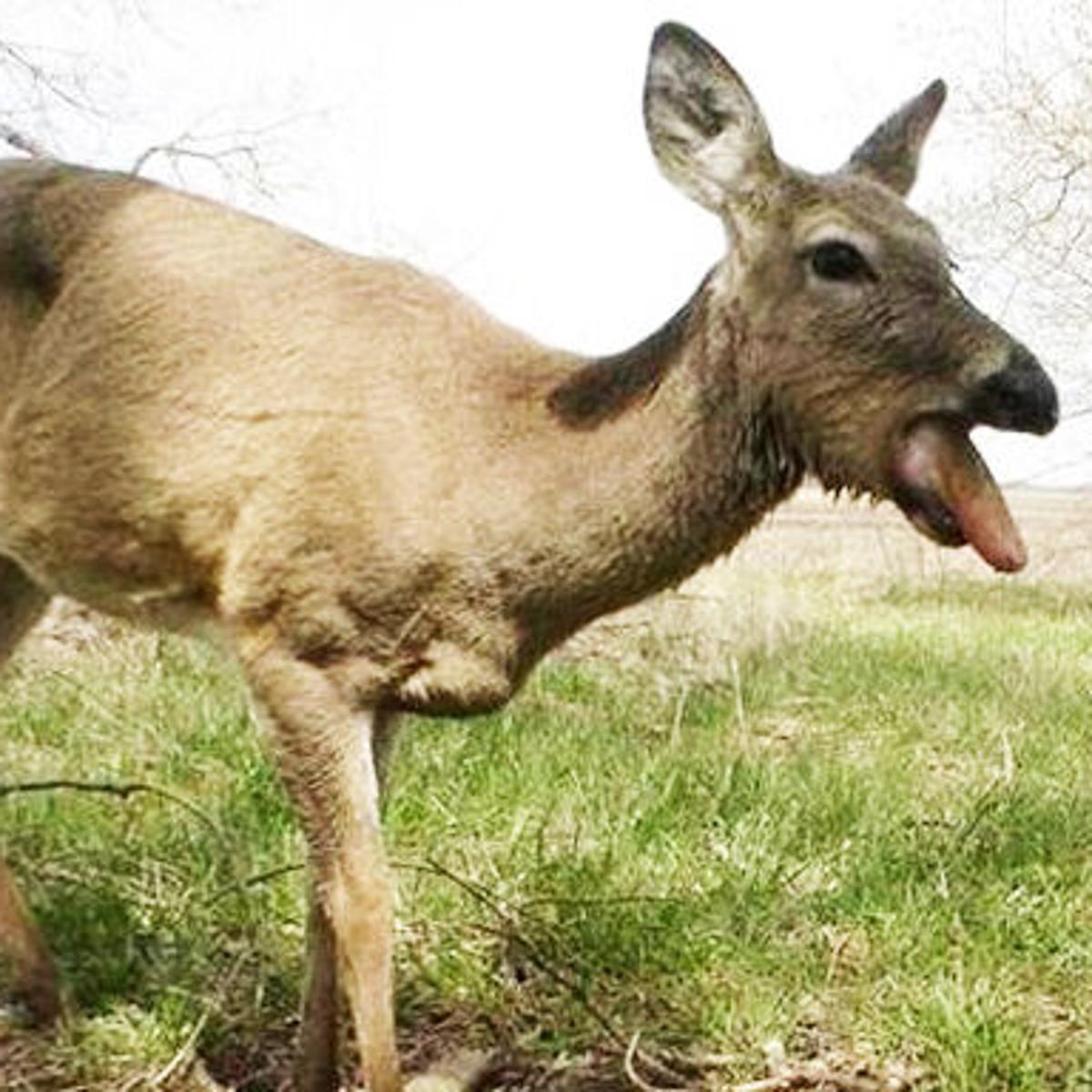





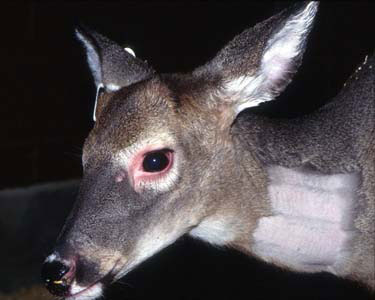



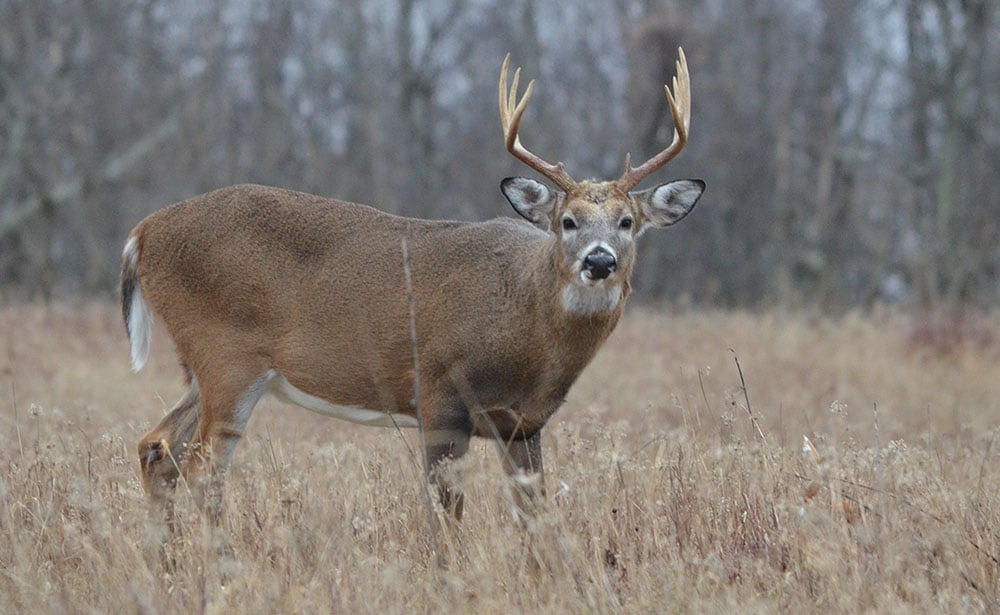

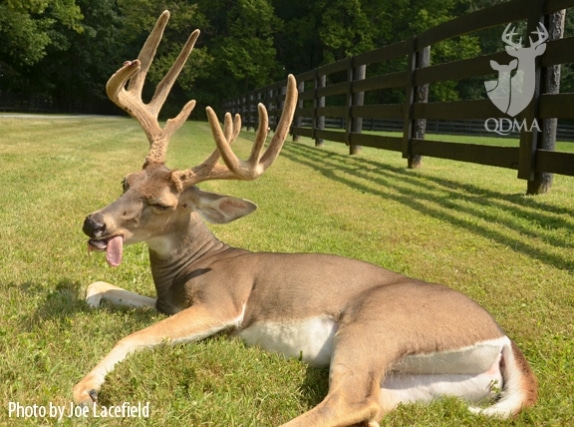

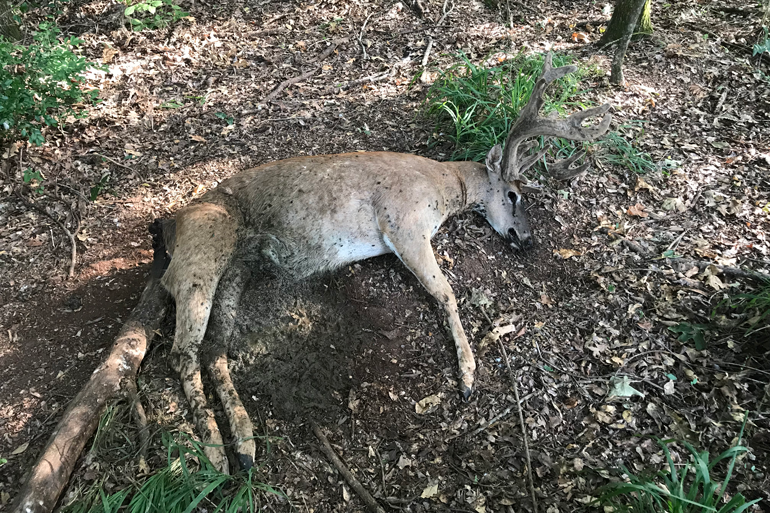
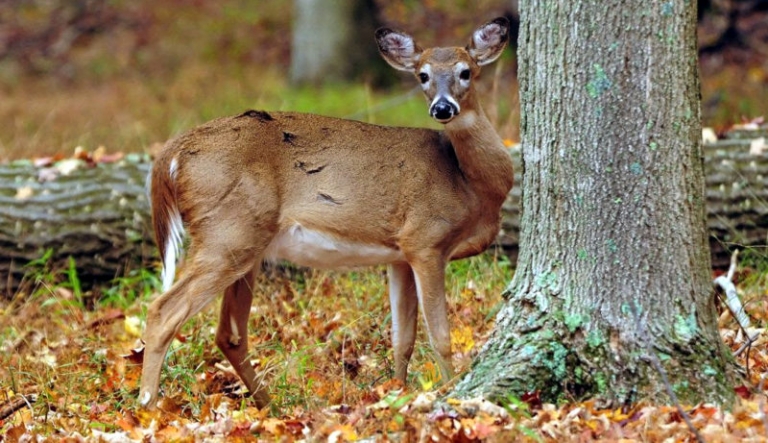

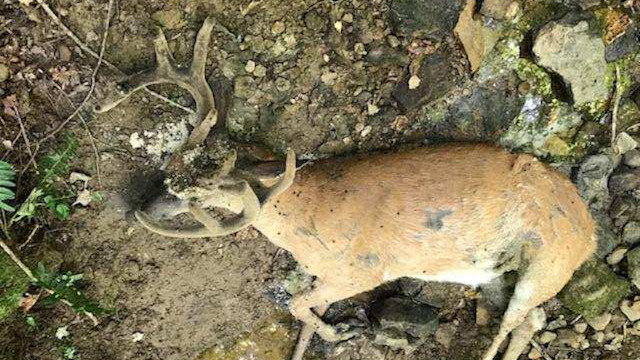

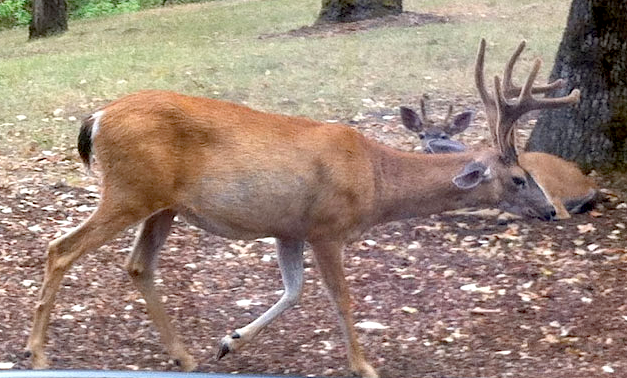


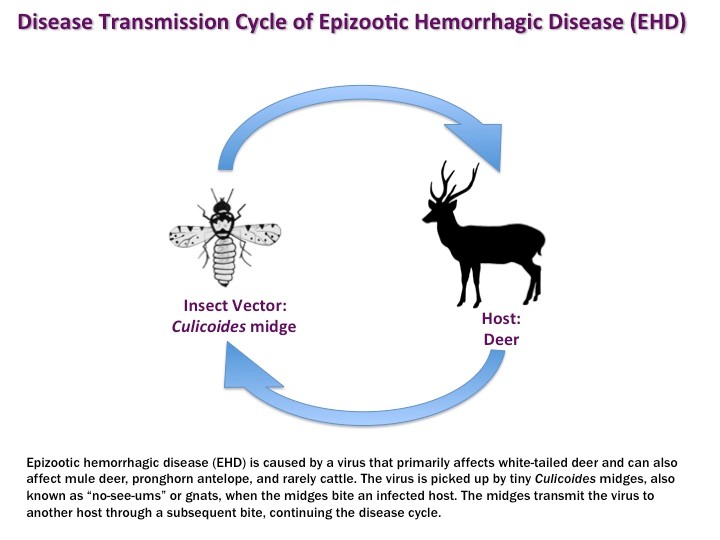

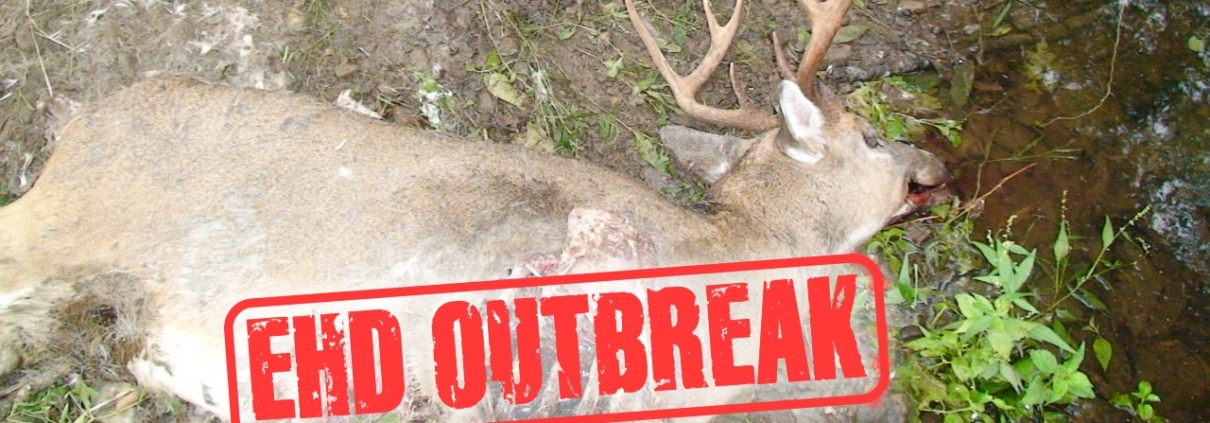






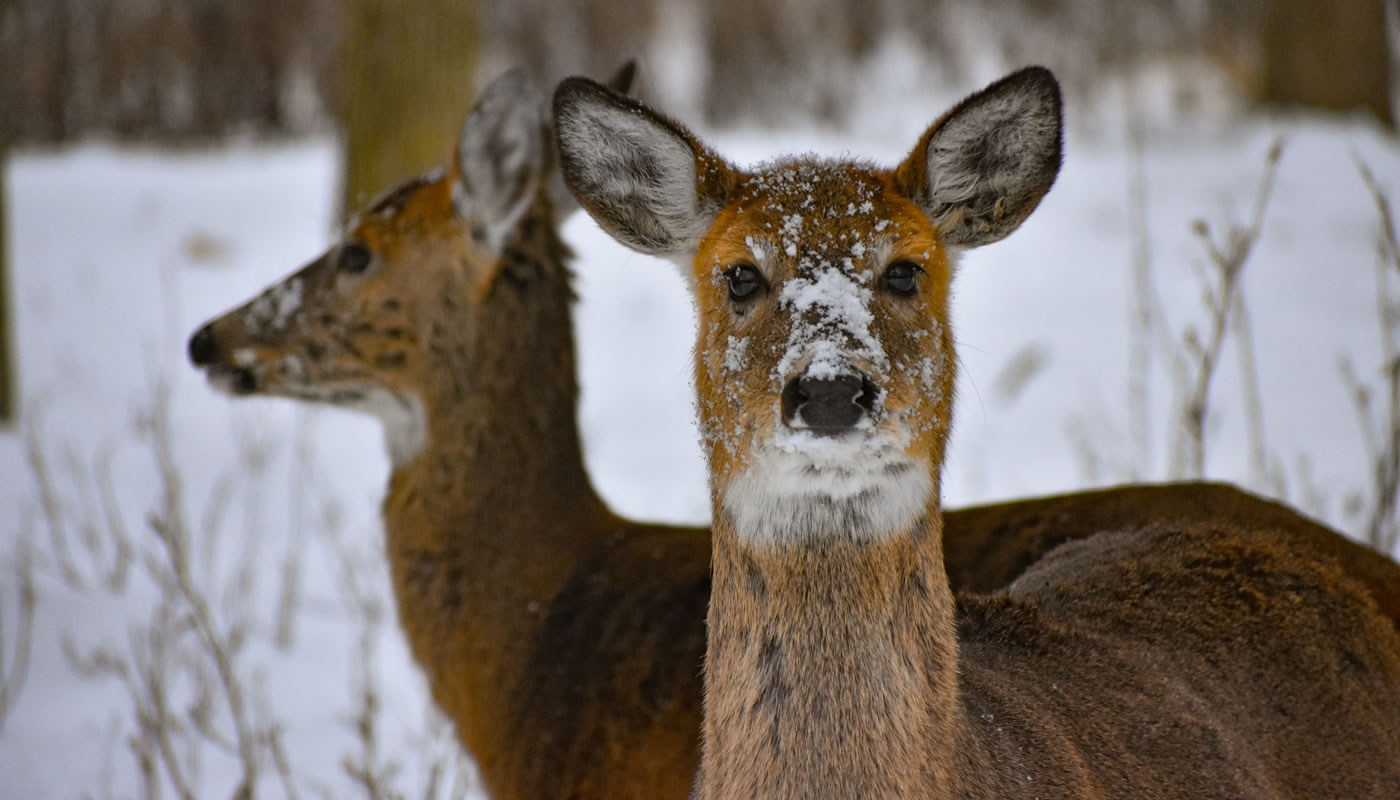







Posting Komentar untuk "Epizootic Hemorrhagic Disease Deer"